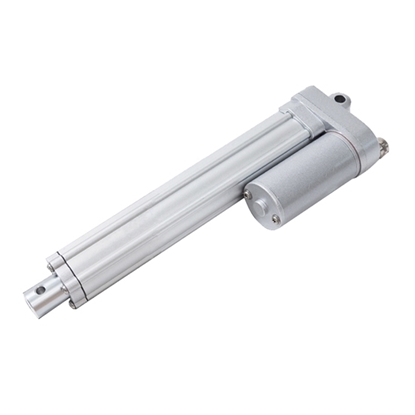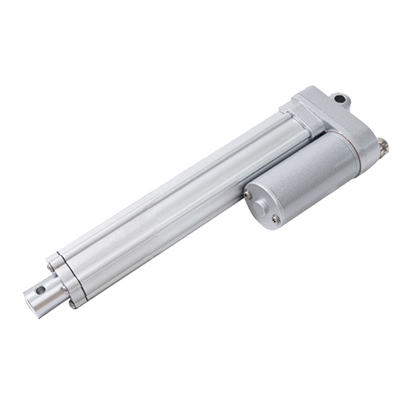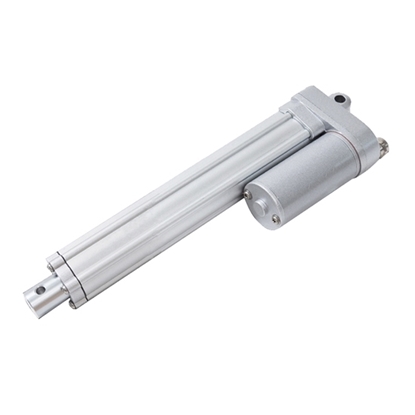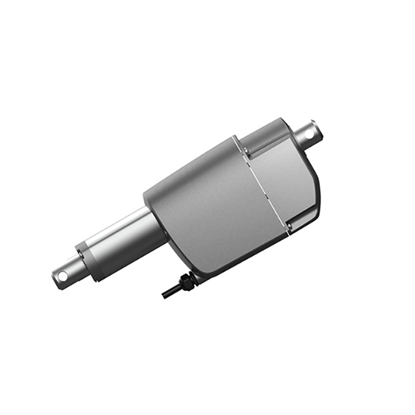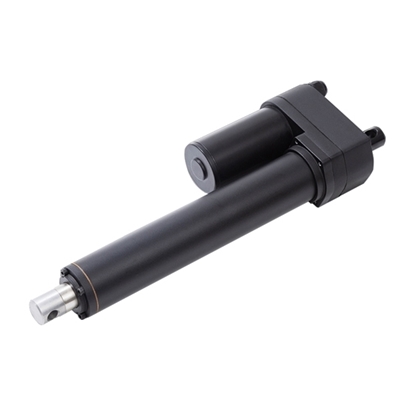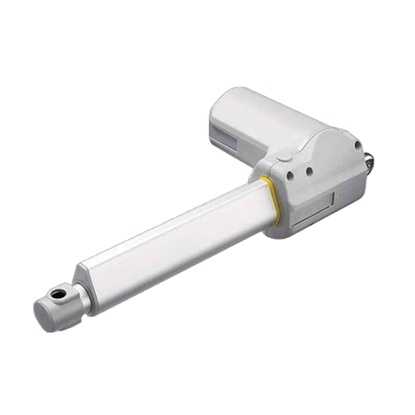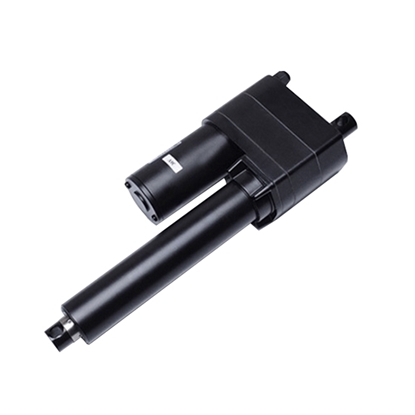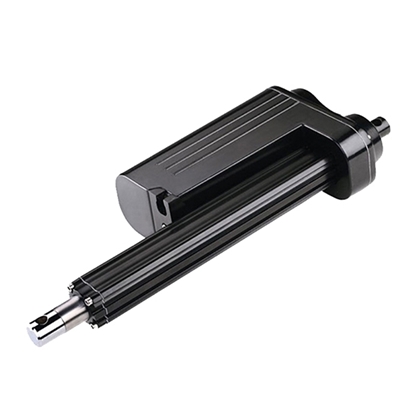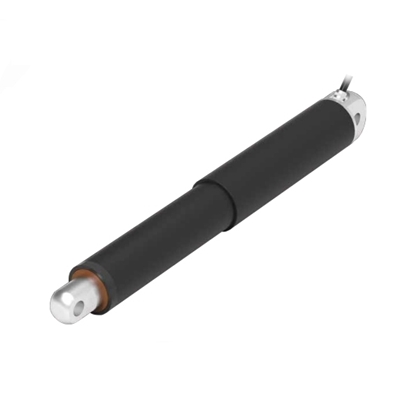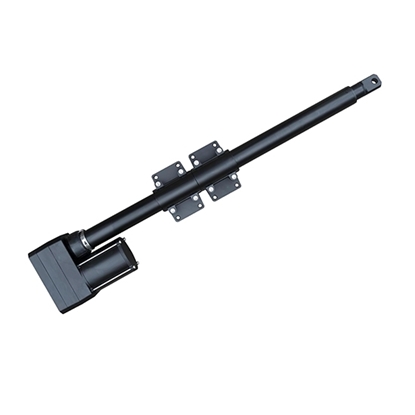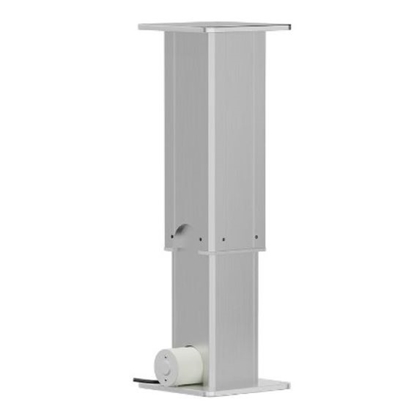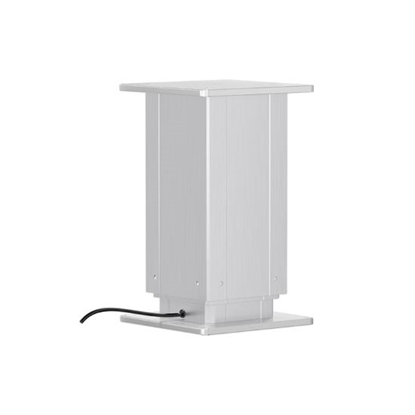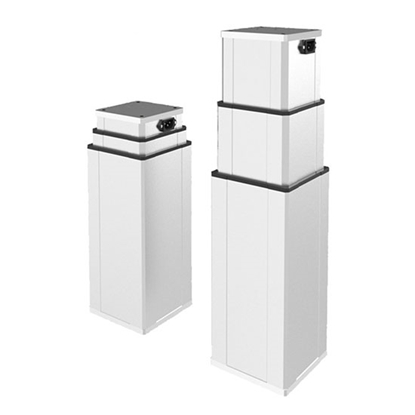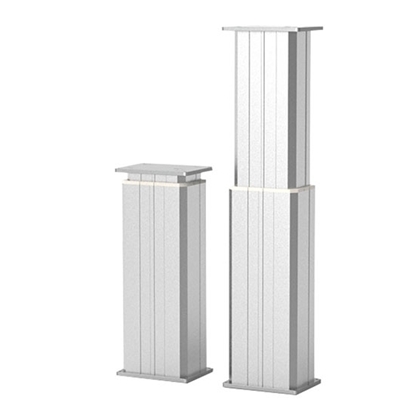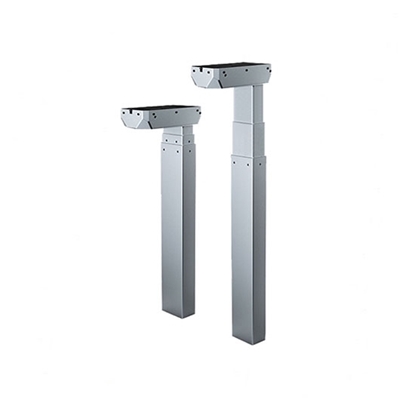Linear Actuators
Mini Linear Actuator, 12V/24V, 800N, 150mm Stroke
Miniature Linear Actuator, 12V/24V, 1000N, 200mm Stroke
Micro Linear Actuator, 12V/24V, 1200N, 100mm Stroke
Small Linear Actuator, 12V/24V, 2500N, 250mm Stroke
Electric Linear Actuator, 12V/24V, 3500N, 400mm Stroke
Mechanical Linear Actuator, 12V/24V, 6000N, 350mm Stroke
Industrial Linear Actuator, 12V/24V, 7000N, 450mm Stroke
Heavy Duty Linear Actuator, 12V/24V, 12000N, 300mm Stroke
High Force Linear Actuator, 12V/24V, 15000N, 100mm Stroke
Farm Ventilation Linear Actuator, 5000N, 24V DC/120V AC
Solar Tracker Linear Actuator, 12V/24V, 8000N, 400mm Stroke
Solar Tracker Linear Actuator, 12V/24V, 20000N, 250mm Stroke
2-stage Electric Lifting Column, 24V, 7500N
3-stage Electric Lifting Column, 24V, 80~120kg
Heavy Duty Industrial Lifting Column, DC 24V/29V, 500N-10000N
Tatami Electric Lifting Column, 12V/ 24VDC, 2000N
Telescopic Lifting Column for Furniture, 12V/ 24V/ 36V/ 48VDC, 10000N
Telescopic Lifting Column Set for Desk
Linear actuator is an electric device that converts the rotary motion of the motor into a linear reciprocating motion, enabling remote control and centralized control. Electric linear actuators are the perfect solution when you need simple, safe, clean motion or precise and smooth motion control. ATO offers two series linear actuators include linear actuators and lifting columns. The linear actuators design in a compact body, a wide range load capacity from 850N to high force 20000N, 12V/ 24V/ 36V/ 48V voltage, with standard stroke of 100mm, 150mm, 200mm, 250mm, 300mm, 350mm, 400mm. The other series lifting columns has rated voltage 12V/ 24V/ 36V/ 48V 220VDC can be chosen, wide range capacity from 800N to 10000N. Two series with the special stroke and load capacity can also be customized according to different application conditions.
What is Linear Actuator?
Electric linear actuator mainly composed of motor, actuator and control device, which can realize remote control and centralized control. Electric linear actuators perform reciprocating motion within a certain range of strokes. Generally, the standard strokes of linear actuators are 100mm, 150mm, 200mm, 250mm, 300mm, 350mm, 400mm. Special strokes can also be designed and customized according to different application conditions. Electric actuators with different thrust can be designed according to different application loads. Generally, the maximum thrust can reach 12000N and the no-load running speed is 4mm ~ 35mm/ s. The electric linear actuator uses a 12V / 24V / 36V / 48V DC permanent magnet motor as the power source, and converts the rotary motion of the motor into a linear reciprocating motion.
Compared with pneumatic actuators, using the electric linear actuators as actuators can not only reduce the air supply devices and auxiliary equipment required for pneumatic actuators, but also reduce the weight of the actuators. Pneumatic actuators need a certain amount of air pressure during the entire control operation. Although amplifiers with low consumption can be used, the gas consumption is tremendous after daily accumulation. If an electric linear actuator is used as the actuator, power is needed when changing the control opening. When the required opening is reached, no more power is required. Therefore, from the perspective of energy saving, electric actuator has obvious energy saving advantages compared with the pneumatic actuator.
How do Electric Llinear Actuators Work?
After the speed decreasing by the gear or worm gear, the motor drives a pair of screw nuts. It transforms the rotary motion of the motor into linear motion, and uses the forward and reverse rotation of the motor to complete the putter action. For example, complex actions such as turning and shaking can be accomplished through various levers, rockers, or links and so on. By changing the length of the lever arm, the stroke can be increased or decreased.
Transmission form of worm gear and worm gear: The worm gear on the motor gear drives the worm gear to rotate, so that the small screw in the worm gear moves axially. The connecting plate drives the limit lever to move axially accordingly. When the required stroke is reached, the limit switch is pressed to depress the stroke switch to cut off the power and the motor stops running (the positive and negative control is the same).
Gear transmission form: After the motor passes the reduction gear, it drives the small screw rod installed on the inner tube, and drives the axial running nut connected with it. When the set stroke is reached, the nut antenna presses the limit switch to disconnect the power, and the motor stops moving (the reverse direction is the same as it).
It can be equipped with a potentiometer to display the travel status of the linear actuator. Alternatively, it can be equipped with an encoder to achieve the complete journey in several steps.
Electric Linear Actuator Features
- It has the synchronous control function. The electric linear actuator can control the expansion and contraction of multiple electric actuators synchronously through the controller.
- It has self-locking performance. When the motor stops running, the linear actuator will activate the protection device to prevent the actuator from sliding or falling down to avoid causing injury.
- Electric linear actuator can run in harsh environment.
- Under the same conditions, the linear actuator can achieve greater push and pull force and better stability.
- The linear actuator is equipped with a potentiometer, which can better control the stroke position of the actuator operation, and have fewer errors in operation.

